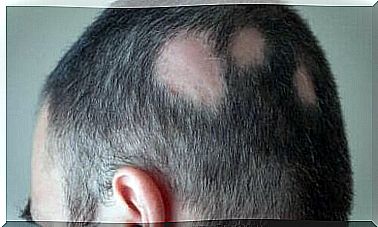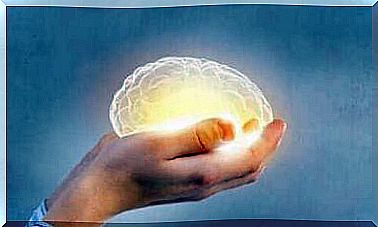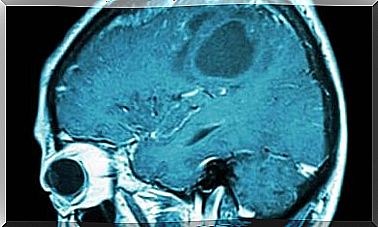Cerebral Palsy And Its Types

Cerebral palsy is a serious disease, especially severe in childhood. The division into different types facilitates the classification and diagnosis of this disease.
In medical terminology, cerebral palsy is a group of disorders that impair muscle mobility due to damage to the patient’s brain. Moreover, other symptoms may appear.
Let’s look at the different types of this condition to better understand them. Some of them are classified according to the posture taken by the patient, while others according to the affected body part. It is also possible to divide according to the intensity of symptoms.
Due to posture and muscle tone
This type of cerebral palsy is classified according to the attitude of the patients. The most important thing here is muscle tension, the changes of which cause spasms, uncontrolled movements or ataxia.
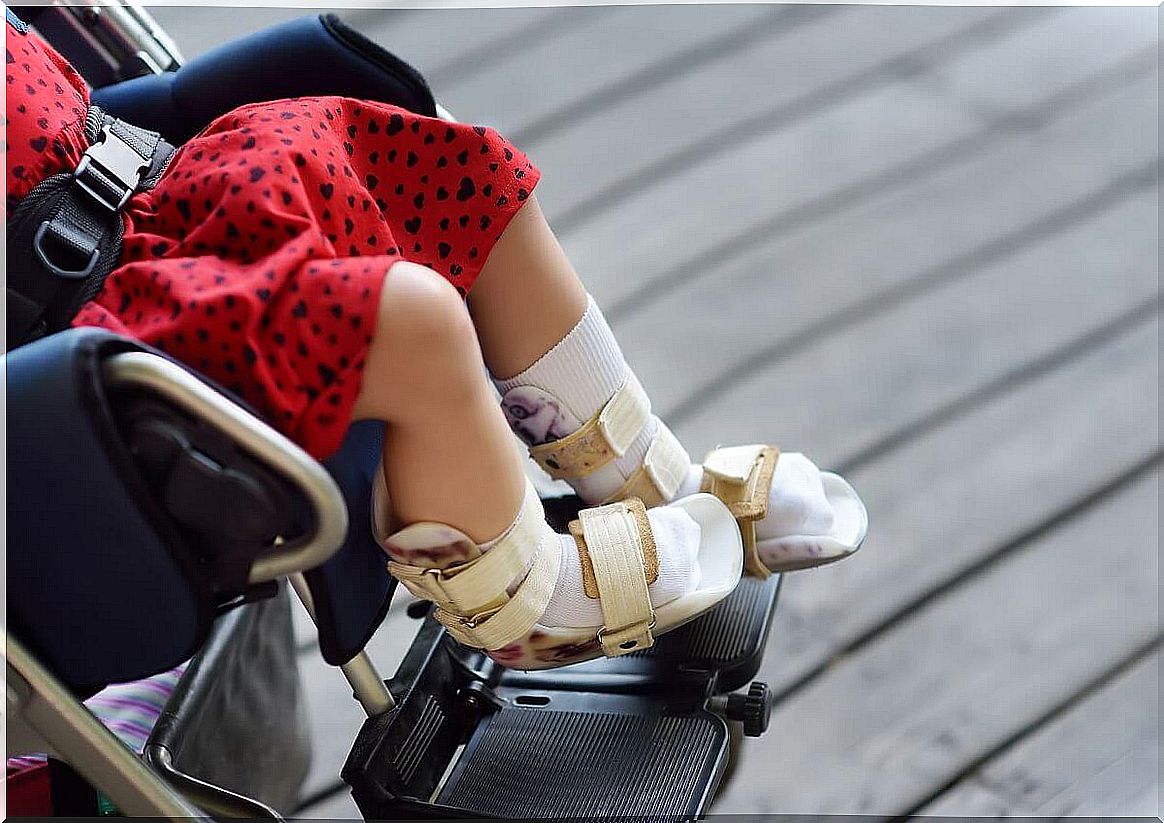
Spastic cerebral palsy
This is the most common type of cerebral palsy. The muscles are overly tense and the reflexes are overdone. The patient cannot walk normally, and if he does, he pulls the lower limbs with him, because joint function is disturbed.
Usually the lower limbs cross one another without bending the knees. This type of paralysis leads to a loss of muscle mass as the muscle fibers of the affected people are shortened.
Hypotonic cerebral palsy
The type of paralysis lacks muscle tone. The muscle fibers do not stay in a shortened position, so the patient cannot straighten and his limbs hang limp.
The risk is related to organ movements and breathing dynamics. Children and adults with this condition suffer from disturbances in the movement of the chest.
Cerebral athetoid palsy
This type of cerebral palsy is manifested by uncontrolled movements throughout the body. Muscle tension appears and disappears in a disorderly fashion.
Symptoms in the facial area mainly affect the tongue. Facial expressions are violent and change when a spasm occurs.
Atactic cerebral palsy
Similar to athetoid but less frequent. The patient’s movements are passive and disordered. He is unable to maintain balance, neither sitting nor standing.
Mixed cerebral palsy
Mixed type is a combination of these symptoms. Classification is difficult because doctors are unable to specifically classify symptoms into disease types.
Types of cerebral palsy due to the part of the body affected by it
The division according to the affected body part includes different manifestations and classifications of the disease. The following types are described:
- Hemiplegia: affects one side of the body, right or left, depending on which area of the brain is affected.
- Paraplegia: affects the upper or lower body.
- Tetraplegia: covers the entire body.
- Diplegia: This is a special variant of cerebral palsy that manifests itself most often in childhood. It affects the lower limbs and has spasms.
- Monoplegia: Affects one limb or a specific muscle group.
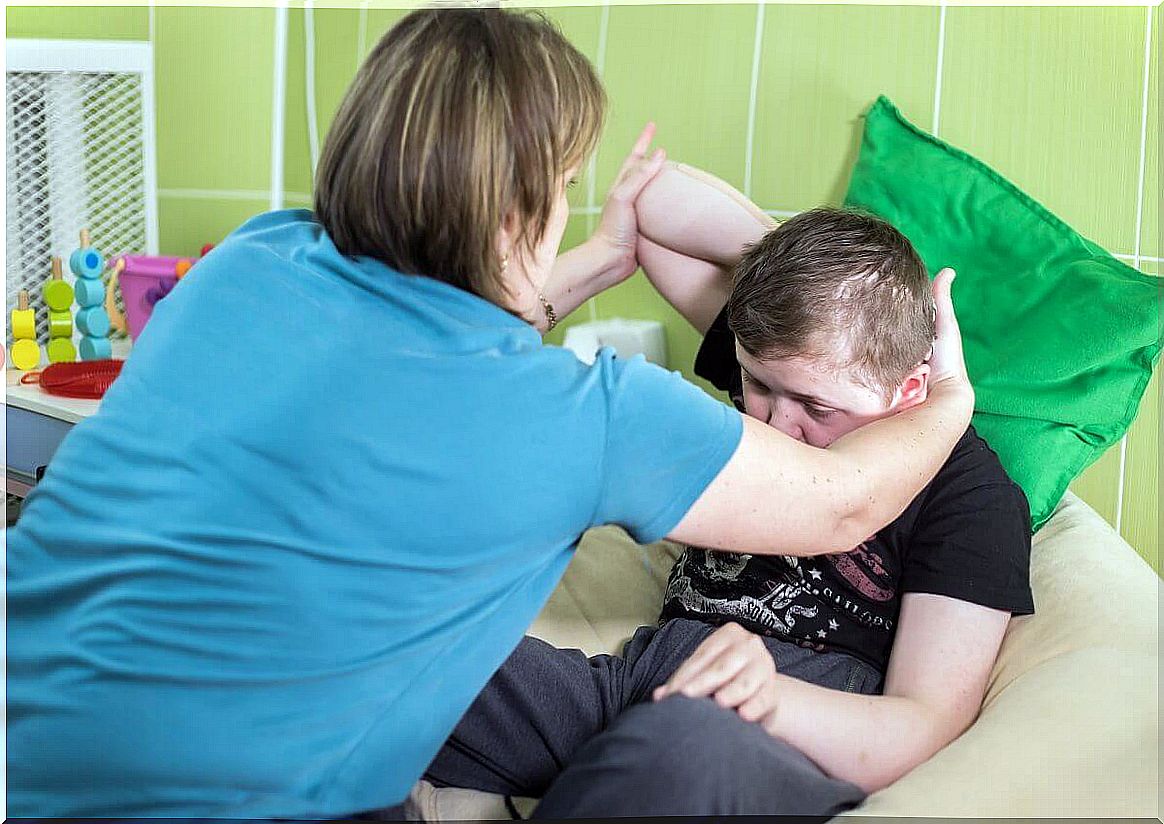
Breakdown by intensity of symptoms
This method of classification is based on international arrangements described mainly by the Gross Motor Function Classification System (GMFCS). It is a document written by the World Health Organization (WHO) and the European association for cerebral palsy.
Based on these criteria, the following types are distinguished:
- Light form: the patient can walk, but experiences some limitations. This variant includes people who move without the help of crutches or a wheelchair.
- Moderate variant: patients with this type of paralysis need help to stand up and sit down. They use a wheelchair but are able to operate it themselves.
- Severe paralysis: in this variant, the patient is unable to keep the head in a normal position on his own and needs constant help with each activity.
Which classification is the best?
There is no single correct classification of cerebral palsy. Each has its own criteria and functions. One is more useful from a rehabilitation point of view, the other from a therapeutic point of view.
The main thing is to provide diagnosis and establish a rehabilitation plan to improve quality of life. This is achieved through physical therapy, psychosocial support, interactions and treatment.
